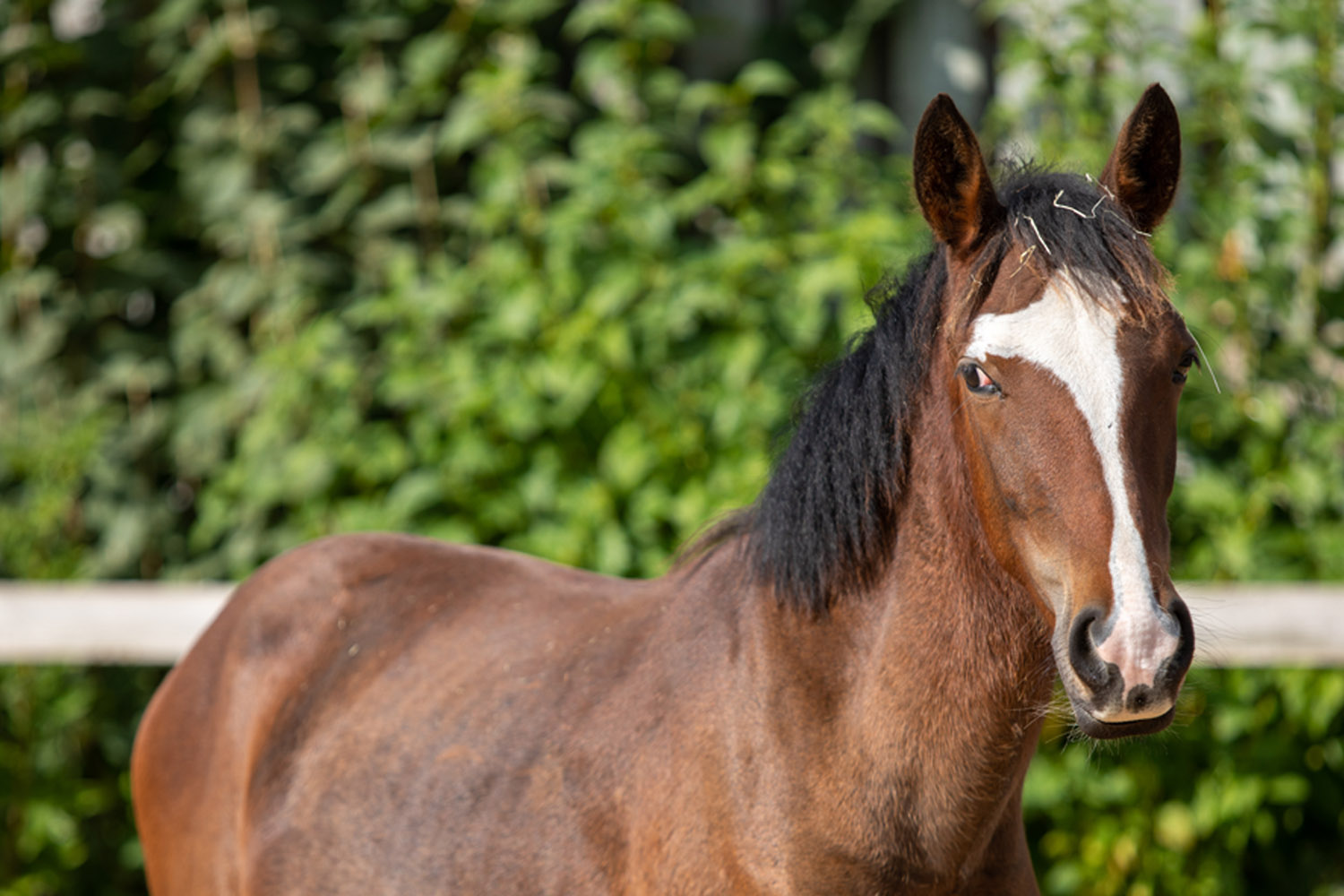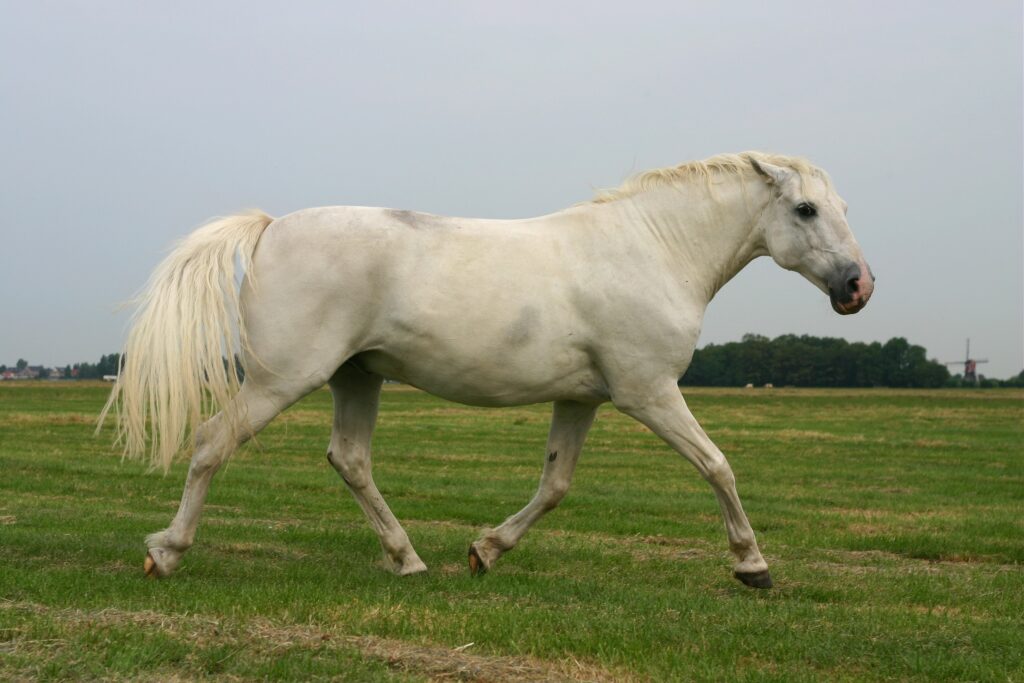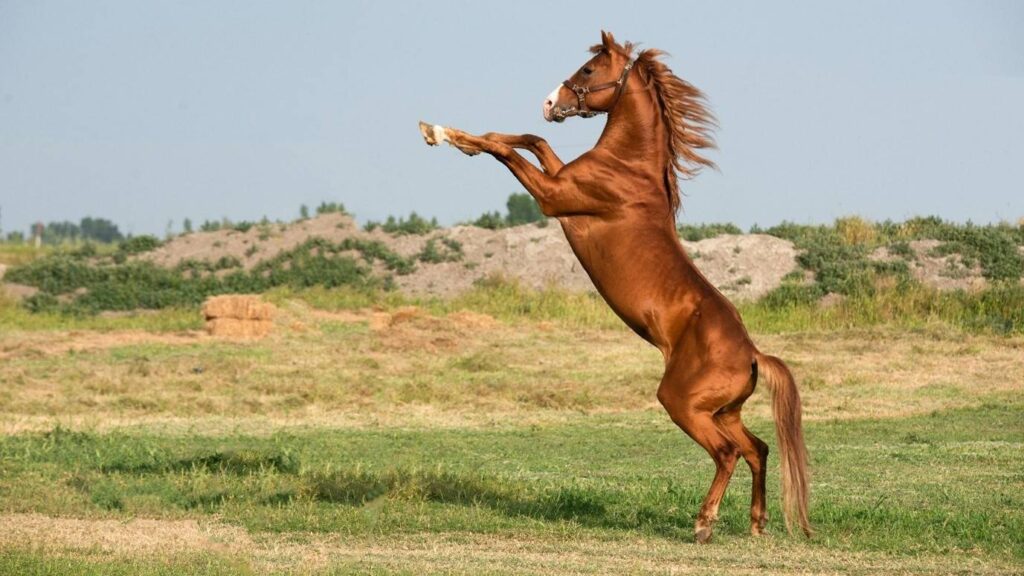Finding the perfect fit for a jumping saddle is essential for ensuring both the rider’s and the horse’s comfort. A well-fitted saddle is crucial for optimal performance and health, making the process of selecting and fitting it particularly important.
This guide will provide step-by-step instructions on how to fit a jumping saddle, covering everything from understanding the anatomy of the saddle to evaluating the fit on your horse.

Understanding the Importance of a Proper Fit
Before discussing the technicalities, one must understand why a proper saddle fit is vital. A poorly fitted saddle can lead to discomfort, behavioral issues, and even injuries for your horse. Therefore, taking the time to fit your saddle properly is beneficial for both the rider and the horse.
Anatomy of a Jumping Saddle
Seat
The seat is where the rider sits. Its design influences the rider’s balance and control. Understanding the different types of seats can help in making the right choice.
Knee Rolls
Knee rolls provide support for the riders legs, crucial for maintaining position during a jump.
Panels
The panels rest on the horse’s back, helping distribute the rider’s weight evenly. The material and design affect how they sit on the horse.
Selecting the Right Saddle for Your Horse
Finding the right saddle begins with your horse. Consider the horse’s anatomy, including back length and width. Every horse is unique, and so are their saddle requirements.
Measuring Your Horse
- Back Width: Use a flexible curve or wire to measure the width of your horse’s back, ensuring the saddle panels match the horses shape.
- Withers: Consider the height and width of the withers to prevent the saddle from pinching or causing discomfort.
Testing the Fit of a Saddle
Once you have a suitable saddle, it’s essential to assess its fit. Place the saddle on the horse without any pads, checking for proper contact along the panels and gullet clearance.
Checking for Balance
A balanced saddle is crucial. Ensure the seat is level, allowing the rider to sit comfortably without being tipped forward or backward.
Evaluating Pressure Points
Even pressure distribution is a must; areas of excessive pressure can indicate poor fit, potentially leading to discomfort.
Adjusting the Fit
Adjustments are often necessary for achieving a perfect fit. Many saddles have adjustable features, like interchangeable gullet plates or flocking, which can be tailored for individual horse requirements.
Common Fitting Mistakes to Avoid
Some common mistakes include using a saddle that’s too narrow or wide and improper seat size. Avoid these to prevent discomfort and potential long-term issues.
Signs of Poor Saddle Fit
Watch for behavioral changes in your horse, such as unwillingness to move or visible pain during a riding session.
Maintaining Your Saddle’s Fit
Regular maintenance involves checking for wear and tear, keeping fittings adjusted, and ensuring it’s clean and in good condition.
Extra Tips for Saddle Fitting
- Consult with a professional saddle fitter if needed.
- Always test the fit at a full ride, not just when stationary.
For more details on how to take care of your horse riding gear, visit horse riding gear care.
The Role of a Professional Saddle Fitter
Saddle fitters have expertise in selecting and adjusting saddles to suit both horse and rider. Their input can be invaluable.

Faqs About Fitting a Jumping Saddle
How often should I check my saddle fit?
It’s advisable to check your saddle fit every 6 months or when you notice any changes in your horse’s behavior or physique.
Can any saddle be used for jumping?
While any saddle can technically be used, jumping saddles are specifically designed for activities involving jumps, offering enhanced support and balance.
Is professional fitting necessary?
While many can manage basic adjustments, a professional fitting ensures precision and can address complex fitting issues.
Learning groundwork exercises can improve the partnership you have with your horse, complementing the benefits of a well-fitted saddle.







